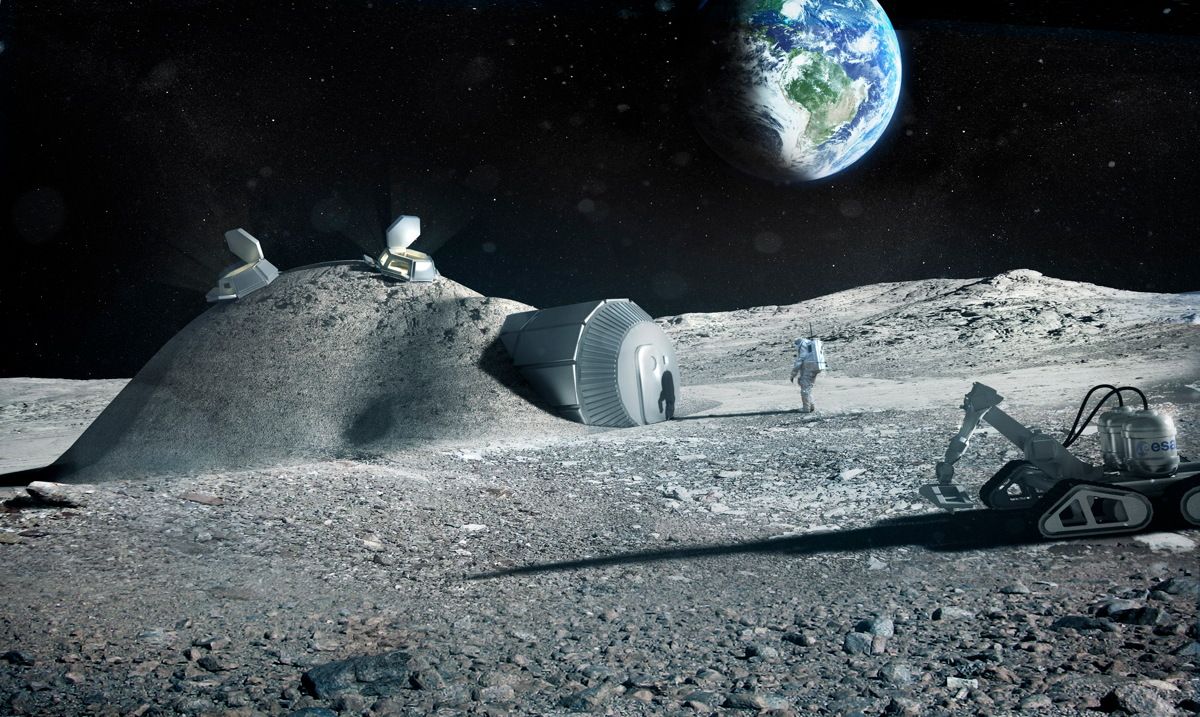Moon Time Zone: NASA Is To Create A Coordinated Time Standard For The Moon
3rd Apr 2024
The White House has assigned NASA to set a single time standard for the Moon and other space bodies by the end of 2026. According to a memo from the head of the White House Office of Science and Technology Policy (OSTP), it is important because of the “Moon race” among governments and companies in space exploration.
To create a plan for establishing what’s termed as a Coordinated Lunar Time (LTC), NASA will collaborate with other U.S. government departments.
Coordinated Lunar Time To Synchronise Spacecrafts With Earth

Under its Artemis program, NASA aims to send astronaut missions to the Moon in the coming years and establish a scientific lunar base that could help prepare for future missions to Mars. Dozens of companies, spacecraft, and countries are involved in the effort.
Kevin Coggins, NASA’s space communications and navigation chief stated that having a single time standard for the moon is crucial for ensuring secure data transfers between spacecraft and synchronised communications among Earth, lunar satellites, bases, and astronauts.
“Imagine if the world wasn’t syncing their clocks to the same time – how disruptive that might be and how challenging everyday things become,” the official said.
LTC To Unify Time Perception
Additionally, different gravitational forces and other factors on the Moon and other celestial bodies change the flow of time and how it is perceived relative to time on Earth. This means that for a person on the Moon, an Earth-based clock would appear to lose an average of 58.7 microseconds per Earth day and have other periodic variations that would further drift Moon time from Earth time.
“The same clock that we have on Earth would move at a different rate on the moon,” says Coggins.
Consequences Of Coordinated Lunar Time’s Absence
Time differences can lead to errors in mapping and positioning on or around the Moon. Among other things, the LTC would provide a time-keeping benchmark for lunar spacecraft and satellites that require extreme precision for their missions, the official says.
Placing Atomic Clocks For Businesses On The Moon
On Earth, most clocks and time zones are based on Coordinated Universal Time, or UTC. This internationally recognized standard relies on a vast global network of atomic clocks placed in different locations around the world. They measure changes in the state of atoms and generate an average that ultimately makes up a precise time.
With businesses expanding to the Moon, having a single time standard is crucial for organising operations, ensuring reliable transactions, and managing lunar trade logistics. The official suggests placing atomic clocks on the Moon’s surface to achieve this.
“Think of the atomic clocks at the U.S. Naval Observatory (in Washington). They’re the heartbeat of the nation, synchronising everything. You’re going to want a heartbeat on the moon,” adds Coggins.
What Countries to Make Efforts for LTC Establishment?
Defining how to implement Coordinated Lunar Time will require international agreements, the memo said, through “existing standards bodies” and among the 36 nations that have signed a pact called the Artemis Accords involving how countries act in space and on the moon. China and Russia, the two main U.S. rivals in space, have not signed the Artemis Accords.
Establishing Coordinated Lunar Time will necessitate international agreements facilitated through “existing standards bodies” and among the 36 nations that are part of the Artemis Accords. These accords outline how countries operate in space and on the Moon.
![Beauty of the Pink Moon And Lyrid Meteor Shower in This Week’s Best Astrophotos [19-26 April] Beauty of the Pink Moon And Lyrid Meteor Shower in This Week’s Best Astrophotos [19-26 April]](https://orbitaltoday.com/wp-content/uploads/2024/04/Pink-Moon-is-on-its-way-above-the-mountains-1-300x300.jpg)





Thank you for your comment! It will be visible on the site after moderation.